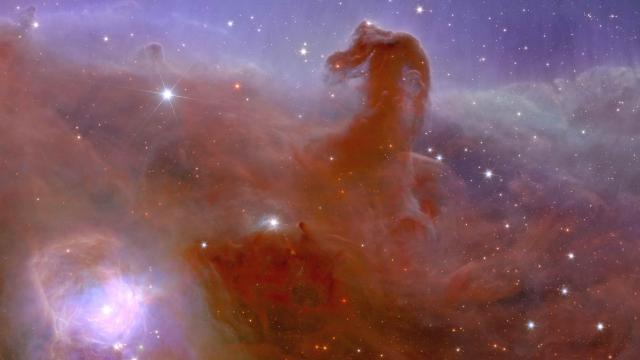Earlier this morning, ESA released the Euclid space telescope’s first scientific images, offering a glimpse into its mission to explore the “dark universe”—the mysterious 95% of the cosmos made up of dark matter and dark energy.
The five images were chosen for their scientific value and public appeal, as the ESA team naturally wants to debut the telescope’s capabilities with a bang.
For almost 14 billion years, the universe has seen phases of brightness and darkness. Its accelerating expansion, driven by the enigmatic “dark energy,” is a puzzle that the Euclid mission aims to solve. Euclid will also probe dark matter, an invisible substance only detectable by its gravitational effects, such as bending light from distant sources—a process known as gravitational lensing.
You can see the telescope’s first images in the following slides and on the ESA website. Final fine-tuning of Euclid is now taking place and routine scientific observations are expected to begin in early 2024.
Perseus galaxy cluster
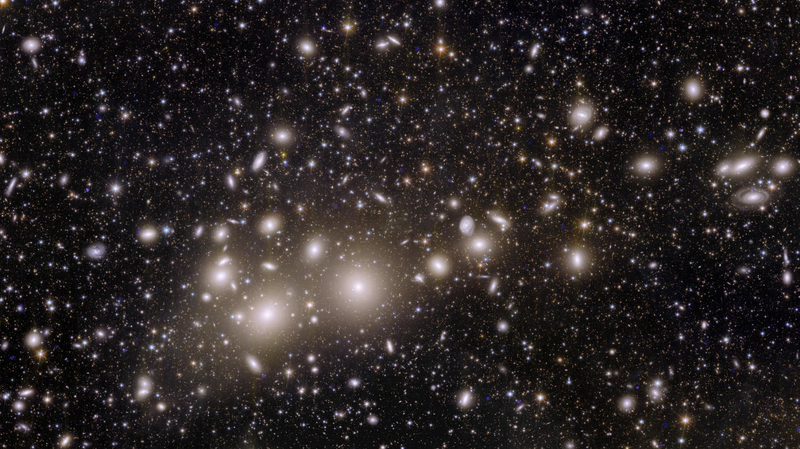
The first image of the set showed the Perseus galaxy cluster, a gravitationally bound group of approximately 100,000 galaxies, some of which are up to 10 billion years old. Jean-Charles Cuillandre, a Euclid scientist at CEA Paris-Saclay, explained during the livestream that concentrations of galaxies in the cluster are running along invisible filaments of dark matter, illustrating how Euclid will begin to map parts of the cosmos we cannot directly observe. You can explore the image at its highest resolution in ESASky, an ESA tool that makes it easier to investigate Euclid’s images.
Spiral galaxy IC 342
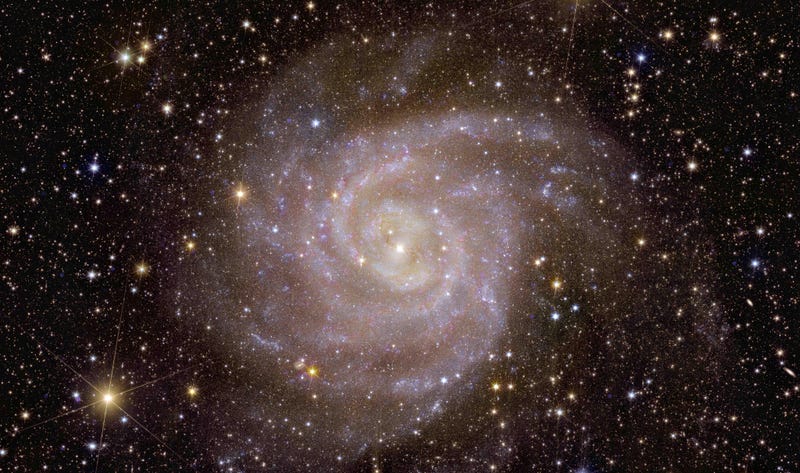
The second image features spiral galaxy IC 342, a galaxy in the Milky Way plane behind our galaxy’s disc. Though the galaxy is shrouded in the gas, dust, and stars, Euclid’s near-infrared instrument is able to cut through that material, focusing on the light coming from the galaxy itself.
In the next six years of scientific observation, Euclid will image a region 30,000 times bigger than the one featured in the first image. The VIS instrument’s field of view is larger than the full moon in the night sky.
“This image might look normal, as if every telescope can make such an image, but that is not true,” said Leslie Hunt, a Euclid Consortium scientist at the National Institute of Astrophysics in Italy, in an ESA release. “What’s so special here is that we have a wide view covering the entire galaxy, but we can also zoom in to distinguish single stars and star clusters. This makes it possible to trace the history of star formation and better understand how stars formed and evolved over the lifetime of the galaxy.”
Irregular galaxy NGC 6822
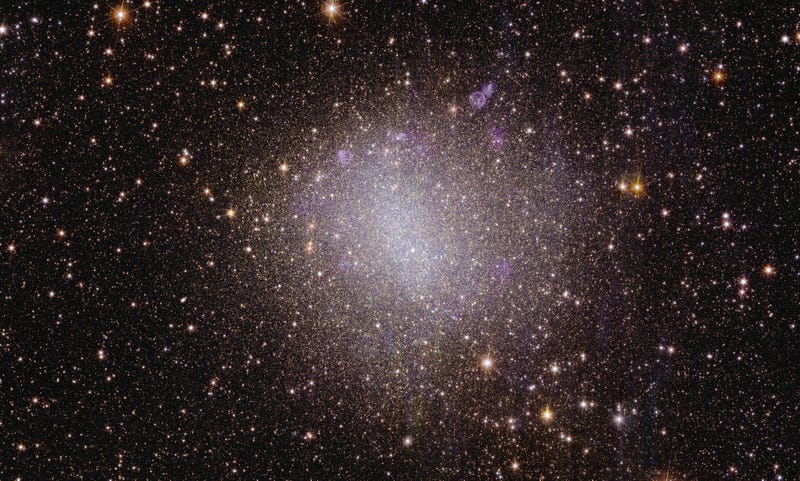
The third image shared by ESA was the irregular galaxy NGC 6822, which the Webb Space Telescope imaged earlier this year. It only took Euclid an hour to image the galaxy and its environs in detail, a feat not possible for ground-based telescopes or even observatories like Webb, which focus on smaller sections of the sky.
Globular cluster NGC 6397
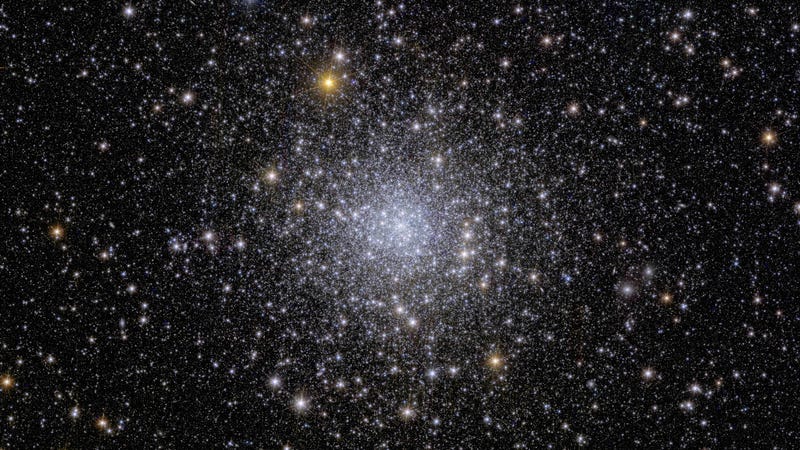
Euclid also imaged the second-closest globular cluster to Earth, a structure called NGC 6397. Euclid’s massive field of view captured the entire globular cluster, a dense, spherical collection of stars orbiting a galactic core, in a single high-resolution image, in which even distant galaxies can be seen in the background.
Horsehead Nebula
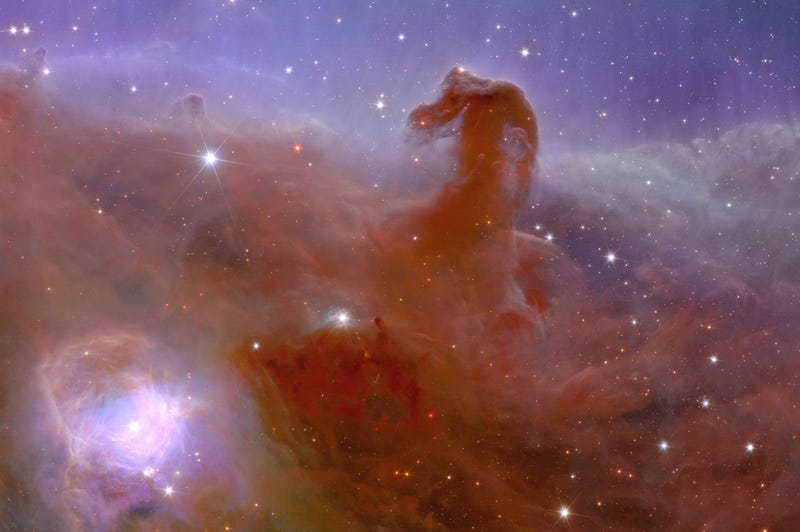
Euclid also imaged the Horsehead Nebula, part of the constellation Orion, located a mere 1,375 light-years away. The nebula is the closest giant star-forming region to Earth, according to an ESA release, and Euclid’s image was taken in just an hour.
The nebula is illuminated with ultraviolet radiation from the nearby star Sigma Orionis. The star is not in this image, as it would outshine all the detail of the nebula’s gas and the background stars.
